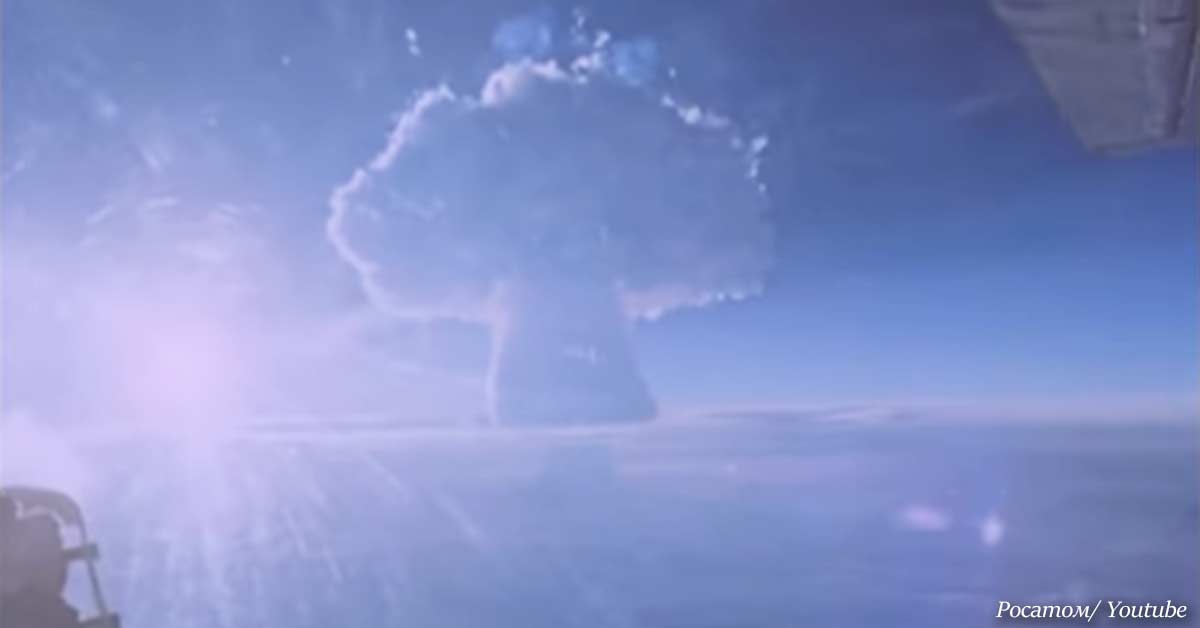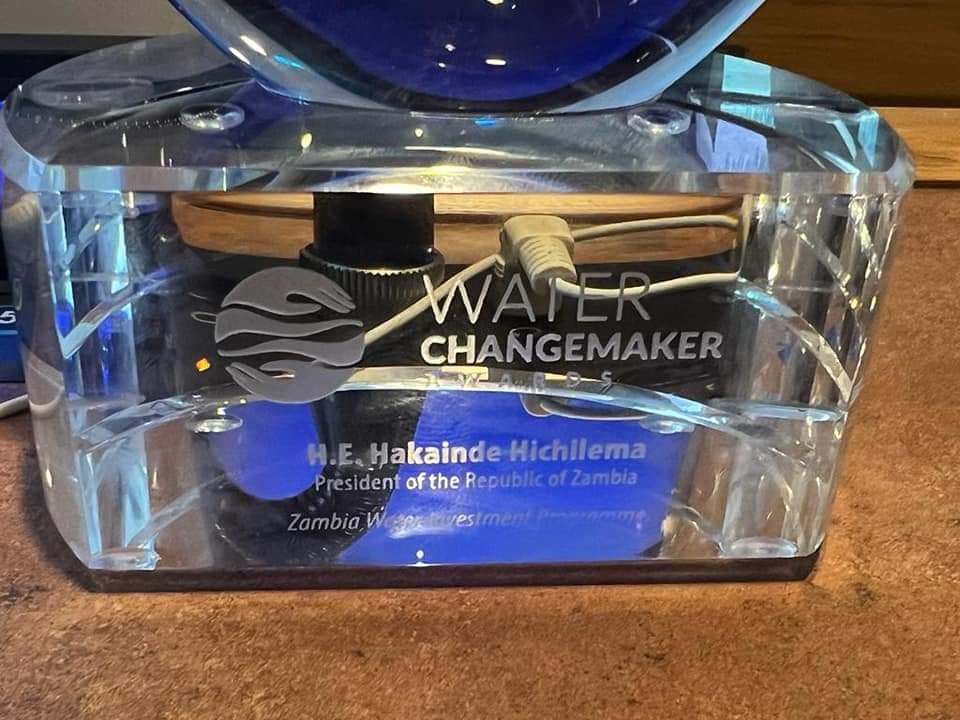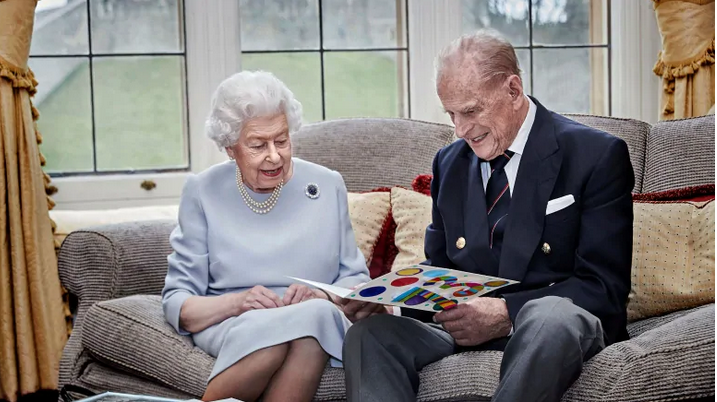Russia’s state-run nuclear division ROSATOM released a 40 minute video of the world’s largest nuclear explosion.
According to Lad Bible, ‘the name for the devastating device was the Tsar Bomba or the Tsar Bomb, and it was detonated on 30 October 1961 off the coast of Severny Island near the Arctic Ocean’. Footage of the explosion was released on the 20th of August and its release coincided with the 75th anniversary of Russia’s nuclear industry.
Tsar Bomb was reportedly 3,333 times more powerful than the bomb which was dropped on Hiroshima, Japan.
More specifically, Tsar Bomb was a hydrogen bomb with 50 million tons (megatons) of conventional explosive. In addition to this, Lad Bible has explained that the weapon was huge: it weighed 27 tonnes and was 8 meters in length. As a result of its large measurements and heavy weight, in order to drop the device, ‘some of the fuel tanks had to be removed from the Tu-95V Soviet bomber in order to accommodate it’.

The bomb had been detonated 4,000 meters above the ground.
The bomb had created such a powerful explosion that the bomber who was 75 miles away at the point of detonation had been hit by the shockwave. What is more, it has been reported that the bomb had destroyed buildings within 35 miles of it. The blast was visible 620 miles away and the mushroom cloud stretched for around 42 miles. This, according to Lad Bible, makes it ‘about seven times higher than Mount Everest’.
Russia carried out several other powerful detonations at the time.
While this was the most powerful of all, reports claim that in the early 1960s, the Soviet Union had completed other tests with forces ranging between 20-24 megatons. It is interesting that after the Tsar Bomb, the US, UK, and the Soviet Union signed the Partial Test Ban Treaty in 1963. This treaty meant that all tests following the signing had to be conducted beneath the ground.




